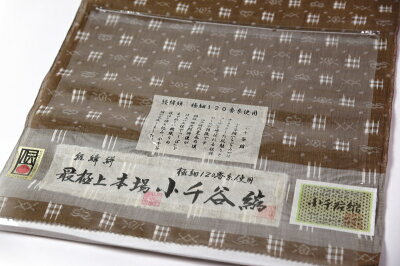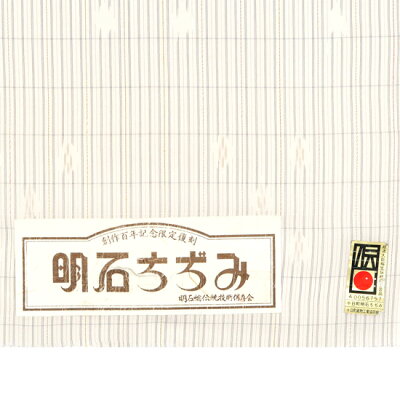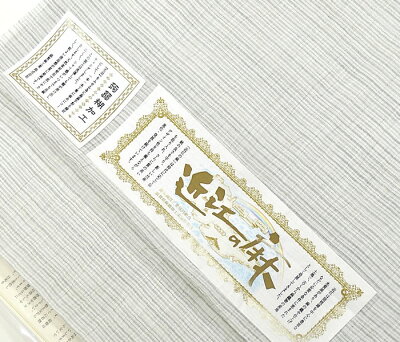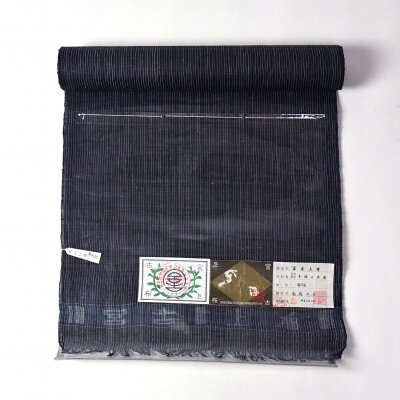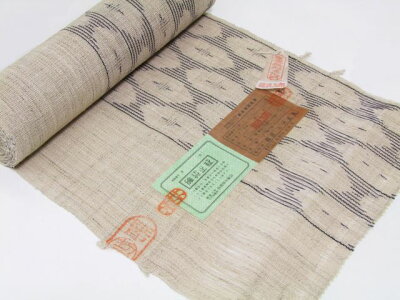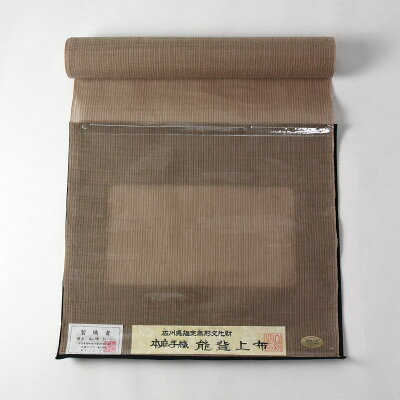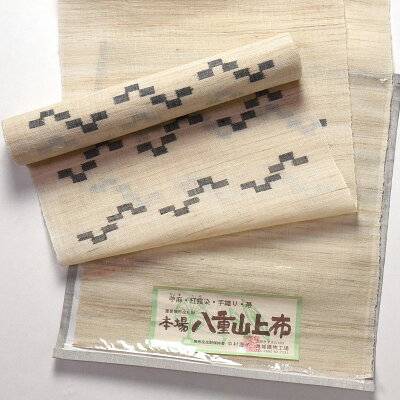Hemp kimono is representative of summer Kimono and produced in the whole county.
We wear summer kimono from July to August, so hemp kimono suit to the summer season.
Hemp cloth is used for Kimono, Obi, Nagajuban, Hadagi, Han Eri, and Accessories.
I’ll introduce you about cool and hemp kimono!
Contents
The Features of Hemp Kimono
Hemp kimono has breathable and hygroscopic functions, so it makes cloth cooler.
Summer of Japan is humid weather and it’s better to wear hemp kimono for a long time ago.
There are three seasons of wear time.
・Awase: it’s made for autumn and winter seasons
・Hitoe: it’s made for mainly June and September
・Usumono: it’s made for July to August
This means hemp kimono is classified in Usumono.
If HItoe season was hot, we can wear hemp kimono.
After we wore, then need to put away hemp kimono till October and prepare awase KImono.
Most of Kimono and Obi are produced from ramie.
Ramie’s yarn is thick and strong, so it’s perfect to produce kimono.
In contrast to that, flax yarns are short, thin, and soft, plus mainly produced with cotton.
Each of yarns has different thickness and quality.
Kimono is made from thick yarns and obi is from a little bit thick yarns.
If you collect hemp Han Eri, hemp accessories and hemp Juban, you can spend more comfortable kimono time!
Plus there are hemp samue, hemp suteteko, and hemp cook’s apron.
Unlike silk kimono, we can do laundry hemp kimono.
The more you wear, the more hemp kimono soften up.
Hemp kimono is classified in weaved kimono, so it’s mainly for daily use.
The History of Hemp Kimono
Japanese hemp has a long long history.
Hemp fibers are founded in remains of the Jomon period.
In the Yayoi period, Emperor Jinmu ordered people to plant hemp and make cloth throughout the entire country.
Strong hemp kimono is worn in daily use.
We can see some descriptor in Japan’s oldest anthology of poems which shows common people wore hemp kimono from the ancient period to the Nara period.
In the Heian period, standard kimono figure has decided and hemp cloth is used for all the people.
In the Edo period, samurai costumes are made of hemp.
After the spread of cotton texture, people started to wear them.
In the Meiji period, silk reeling factory has constructed and silk textures are increased.
These days its very difficult to find high-quality hemp textures because of the decreasing of craftsmen.
The Types of Hemp
About Crepe
Crepe means that yarns make twisted and embosses.
There are hemp, silk and cotton crepes.
The emboss of cloth is very comfortable to wear and a cool touch for summer.
The representative of hemp crepe is “Ojiya Tijimi” in the Niigata prefecture and designated as an important intangible cultural property.
The others are like “Akashi Tijimi” and “Oumi Tijimi”.
About Jofu
High-quality hemp cloth is called “Jofu” and it’s very thin.
It’s cool feeling and has good tension. Plus it has wonderful air permeable.
Miyako Jofu is produced in Okinawa prefecture and it has a process of kinutauchi (hammering the cloth).
The process make the cloth more shiny.
Echigo Jofu is produced in Niigata prefecture and it has a process of Yukizarashi (cloth dry up on the snow).
That makes the cloth vivid.
Both of Miyako Jofu and Echigo Jofu designated as important intangible cultural property.
Noto Jofu which produced in the Ishikawa prefecture designated as cultural property of Ishikawa.
Others are like Yaeyama Jofu and Oumi Jofu.
Summary
Recently, Ojiya tijimi and Echigo jofu registrated as Intangible cultural heritage of UNESCO.
We can choose various types of hemp and it’s better to find your favorite.
Plus, a new type of hemp cloth is thicker, so we can wear a long time.
Let’s try new hemp kimono!




